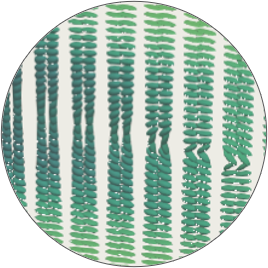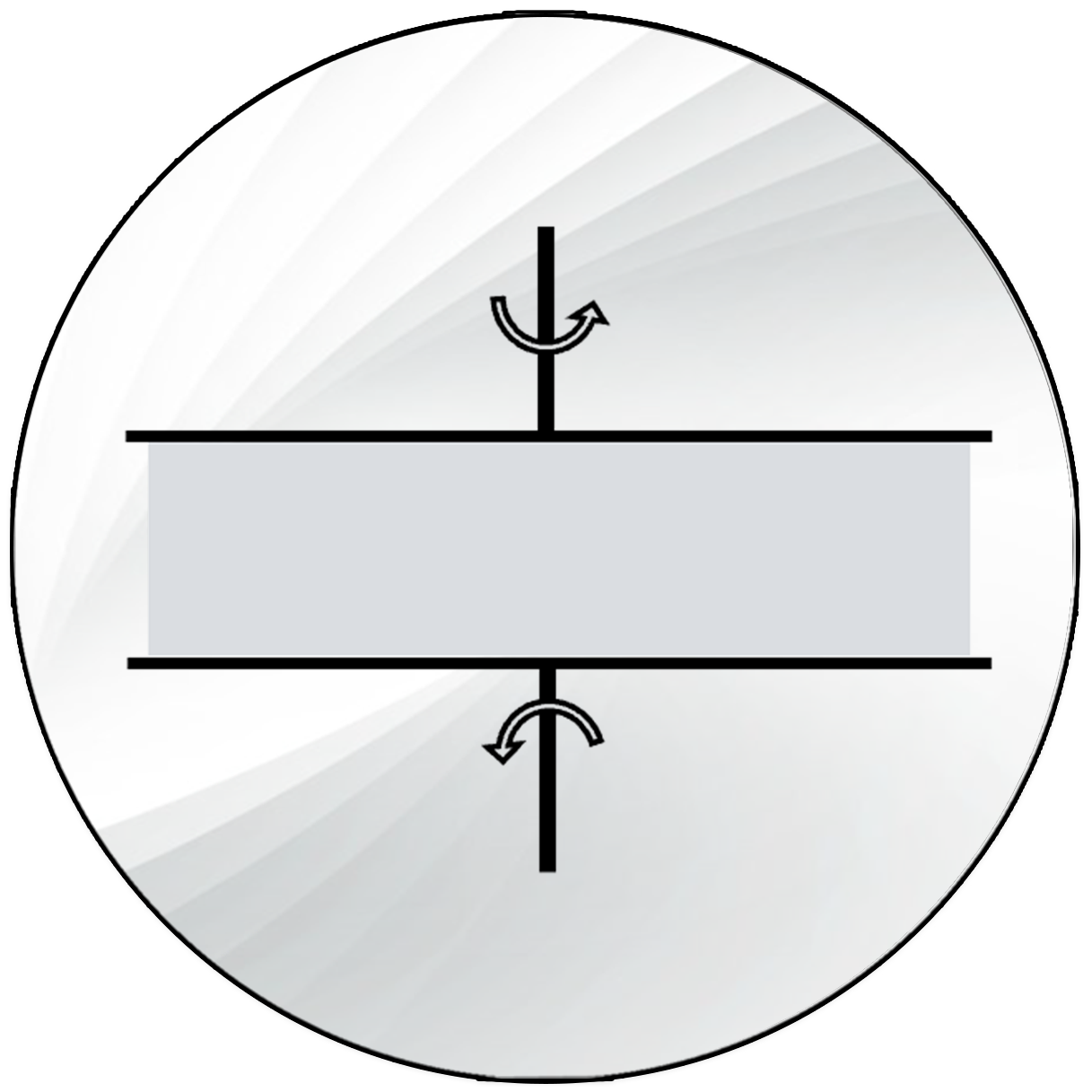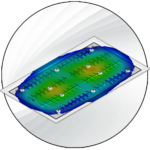Compression molding of sheet molding compound (SMC), long-fiber-reinforced thermoplastics (LFT), and glass mat thermoplastics (GMT) are among the most-applied manufacturing processes for chopped fiber composites.
Molding these materials, however, might be accompanied by a partly filled cavity. In addition, flow-driven effects like a change in fiber orientation are inevitable.

























